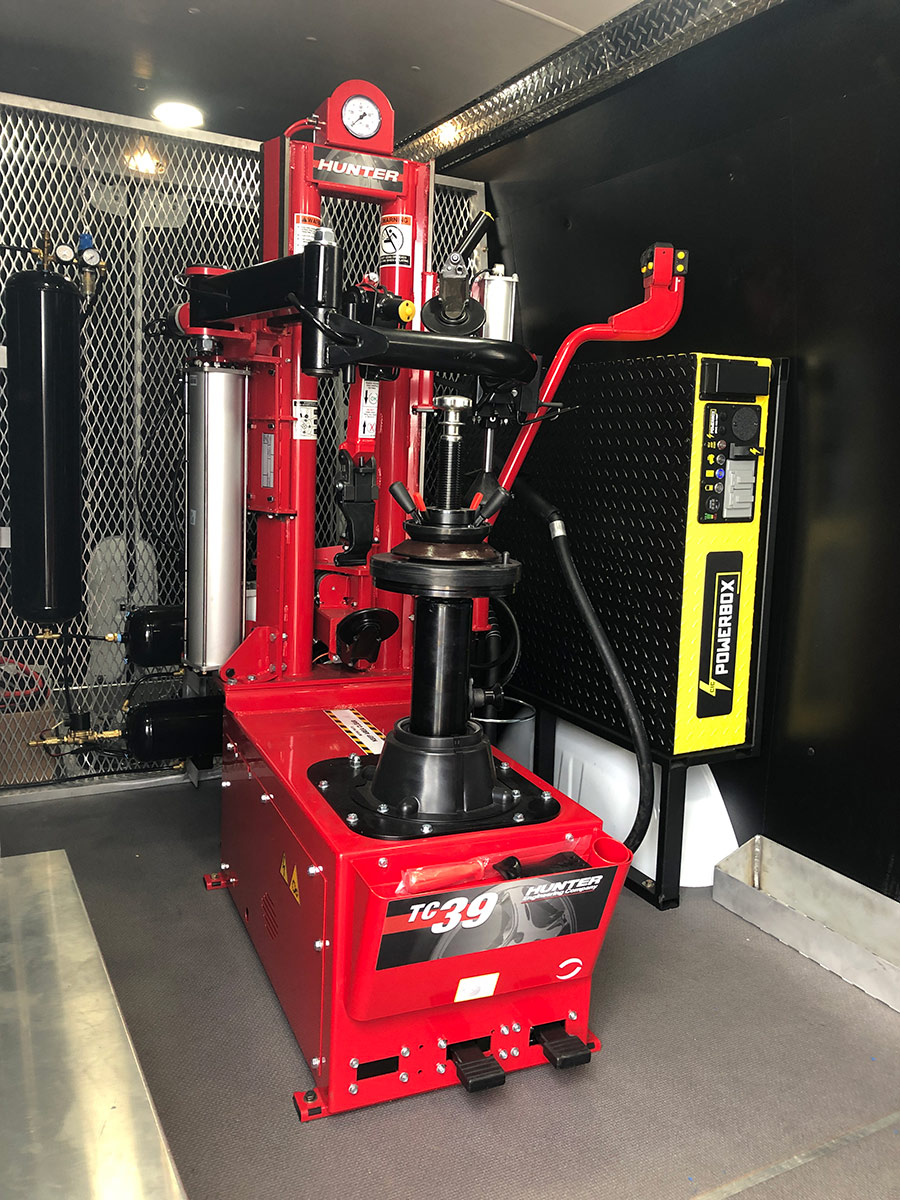Tire Solution: Proven Approaches for Optimum Tire Maintenance and Treatment
From ensuring appropriate tire stress to normal rotation and placement, there are tested approaches that can considerably prolong the life-span of your tires and improve overall driving experience. Let's dive into the world of tire service and uncover the keys to maintaining your tires in top-notch form for the long haul - Mobile Tire Change Las Vegas.
Relevance of Tire Stress
Sufficient tire pressure promotes better gas effectiveness, as under-inflated tires can lead to increased rolling resistance, causing the engine to function harder and eat even more fuel. Appropriate tire pressure makes sure even walk wear, boosting tire longevity and saving money in the lengthy run by delaying the need for premature substitutes. Routinely examining and readjusting tire pressure, particularly before long trips, is an easy yet effective way to boost vehicle performance, extend tire life expectancy, and focus on safety on the road.
Tire Turning Guidelines
When considering tire turning standards, it is vital to recognize the value of this maintenance job in making best use of tire lifespan and keeping ideal lorry performance. Tire turning entails changing the setting of each tire on a vehicle to guarantee even tread wear. Front tires tend to wear quicker than rear tires because of guiding pressures, making regular rotation important for balanced wear patterns. The suggested rotation pattern differs relying on whether a lorry is front-wheel, rear-wheel, all-wheel, or 4x4. Normally, tires need to be revolved every 5,000 to 7,500 miles, or as encouraged in the vehicle manual. Disregarding tire rotation can bring about unequal wear, influencing handling, traction, and possibly compromising automobile safety. By adhering to appropriate rotation guidelines, vehicle drivers can extend the life of their tires, enhance fuel efficiency, and enhance general driving experience. Routine rotation is a basic yet efficient maintenance technique that contributes considerably to tire durability and lorry efficiency.

Benefits of Wheel Positioning
Making certain correct wheel placement after tire rotation is critical for keeping well balanced wear patterns and making best use of lorry efficiency. Wheel positioning refers to the adjustment of the angles of the wheels to the maker's specifications. One of the crucial benefits of wheel alignment is improved managing and steering feedback. When the wheels are correctly straightened, it minimizes steering effort, guaranteeing a smoother and a lot more controlled driving experience. Furthermore, appropriate wheel positioning assists to expand the life expectancy of your tires. Misaligned wheels can trigger irregular tire wear, bring about early tire replacement and increased maintenance prices.

Tire Tread Depth Inspect
Carrying out a routine evaluation of tire step deepness is important for preserving safe driving conditions and prolonging the lifespan of your tires. Irregular step wear can suggest concerns with tire suspension, stress, or positioning, highlighting the value of routine walk depth checks. By integrating tire tread depth checks into your regular upkeep routine, you can drive with self-confidence recognizing that your tires are in top problem.
Seasonal Tire Assessment
Seasonal tire inspection is a basic facet of tire upkeep that ensures tires are ready to face the difficulties presented by various weather conditions. In preparation for winter months, it is vital to inspect the tire stress consistently as cold temperature levels can trigger tire stress to drop. By conducting regular seasonal tire examinations, vehicle drivers can lengthen tire life expectancy, boost gas performance, and most significantly, make sure a secure driving experience in varying weather problems.
Conclusion
In final thought, maintaining correct tire stress, turning tires regularly, straightening wheels correctly, monitoring tread deepness, and carrying out seasonal evaluations are important methods for optimal tire treatment. By following these confirmed methods, drivers can ensure their tires last much longer, perform far better, and contribute to overall car safety and security. It is important to prioritize tire upkeep to avoid accidents, enhance gas performance, and lengthen the life-span of tires.
Sufficient tire pressure promotes better fuel effectiveness, as under-inflated tires can lead to raised rolling resistance, triggering you can try here the engine to function tougher and eat more fuel.When thinking about tire rotation guidelines, it is necessary to recognize the relevance of this upkeep job in taking full advantage of tire life-span and keeping optimum automobile performance. Seasonal tire examination why not try this out is a fundamental element of tire upkeep that ensures tires are all set to face the difficulties presented by different climate conditions. By performing routine seasonal tire assessments, drivers can prolong tire life-span, improve gas effectiveness, and most significantly, guarantee a safe driving experience in varying climate conditions.
In verdict, preserving correct tire stress, revolving tires on a regular basis, aligning wheels properly, keeping an eye on walk depth, and performing seasonal assessments are vital methods for ideal tire care.